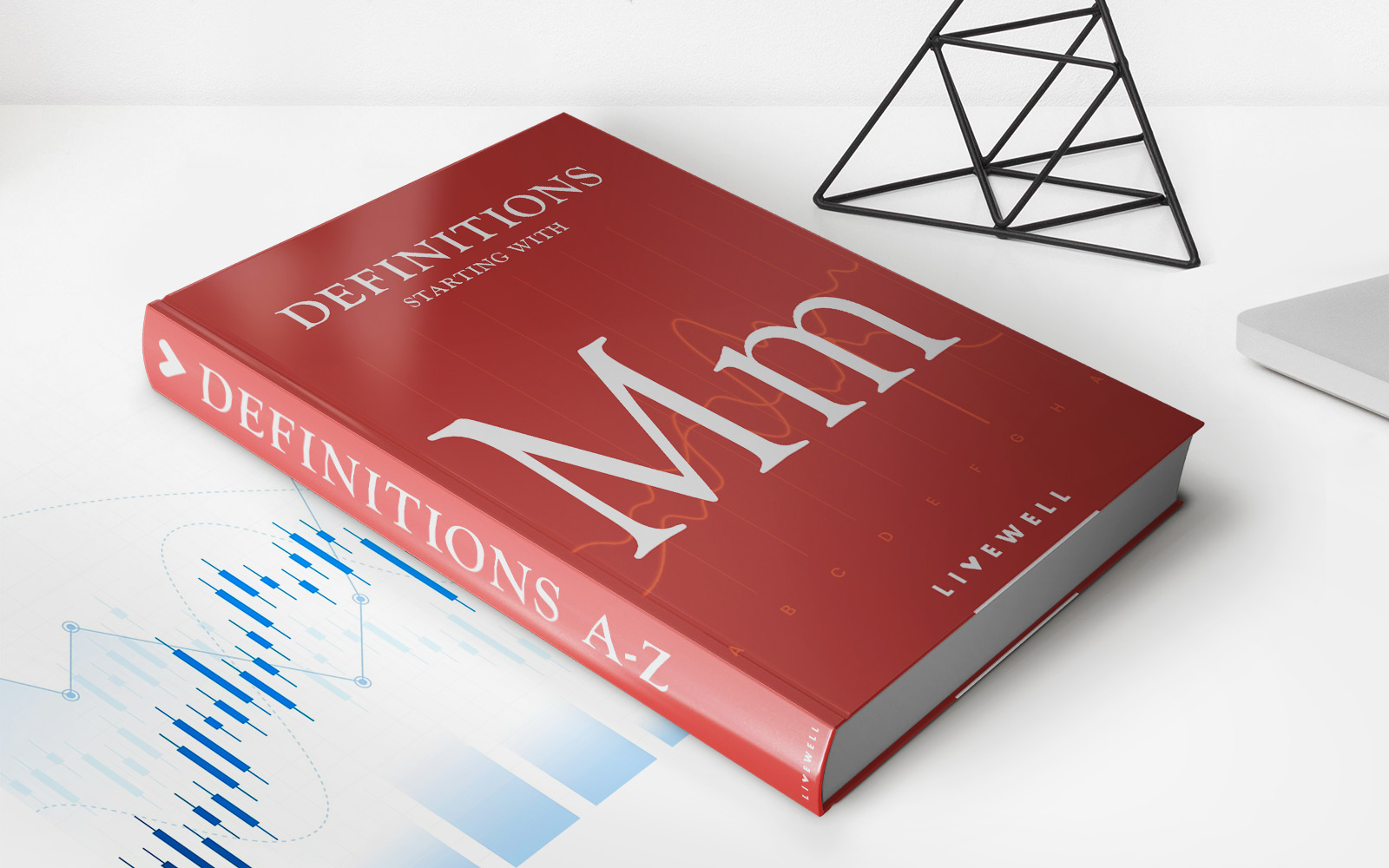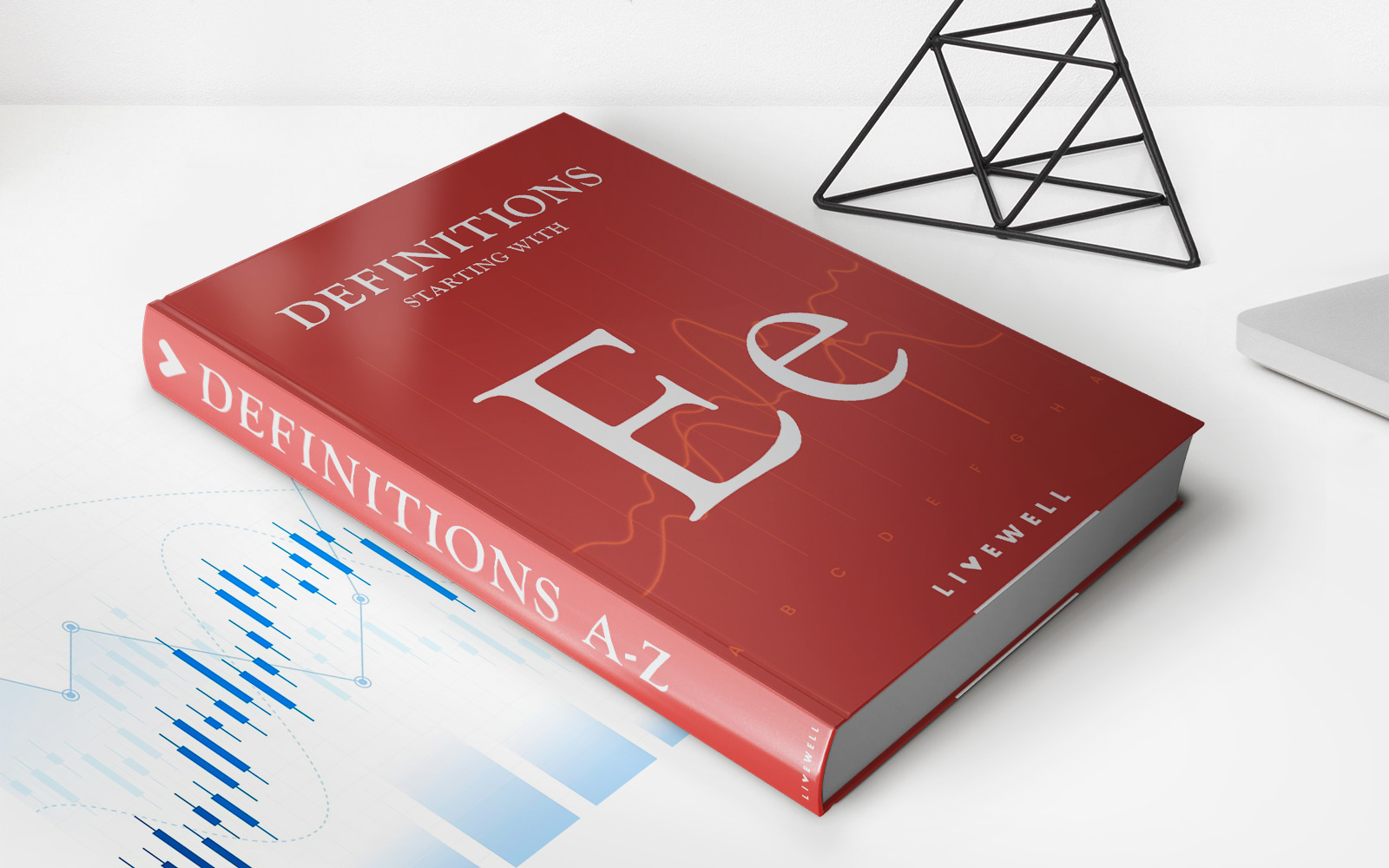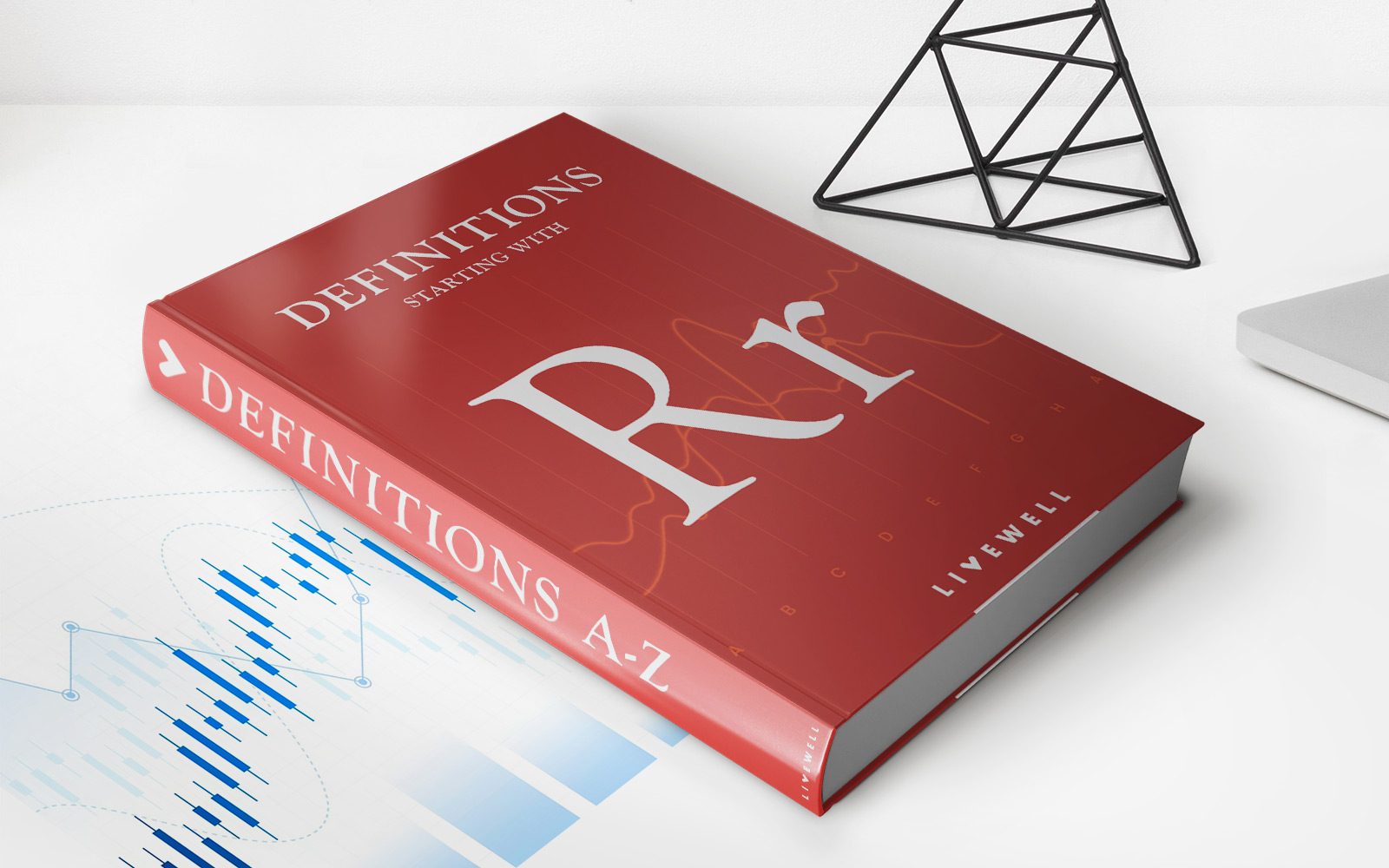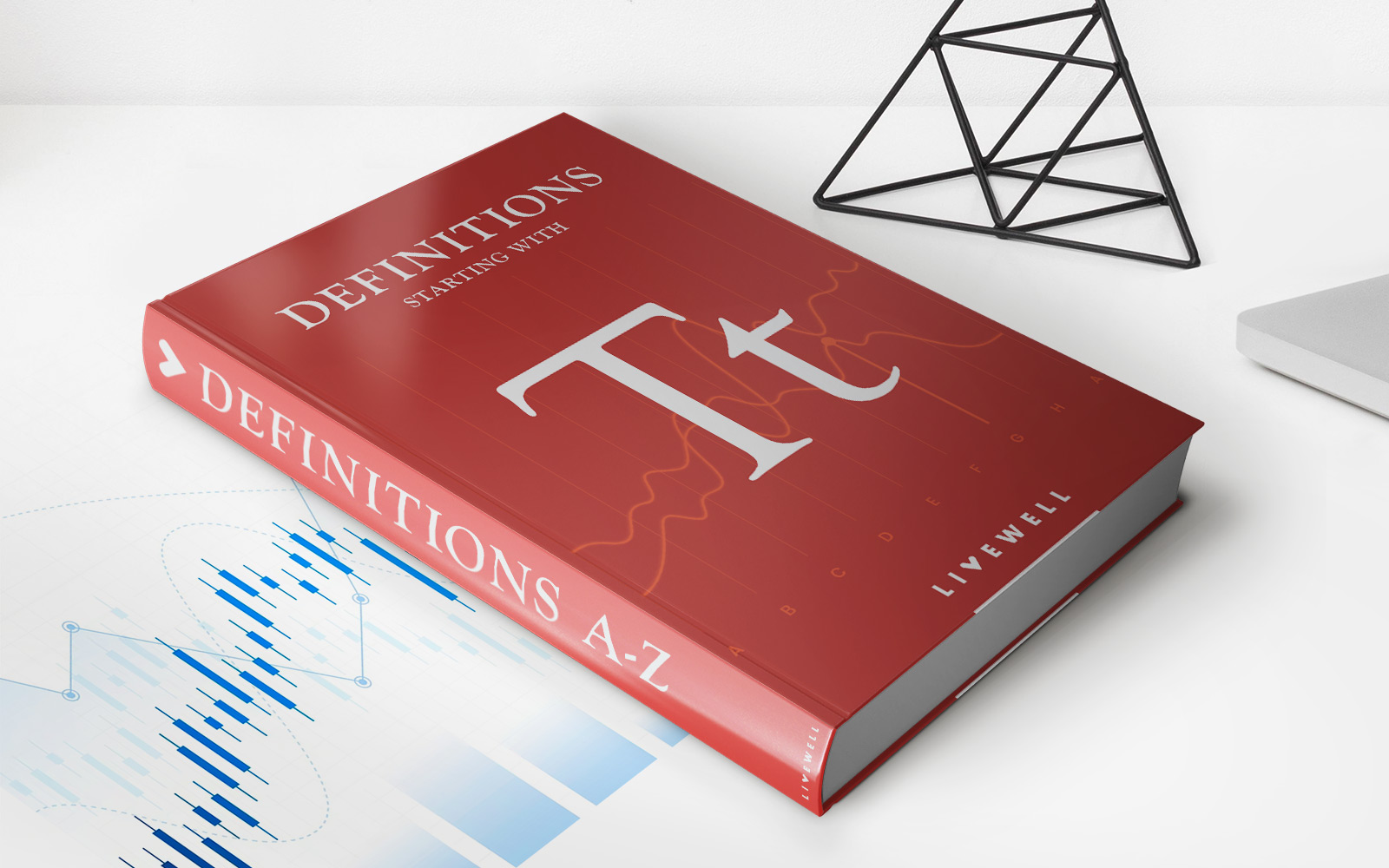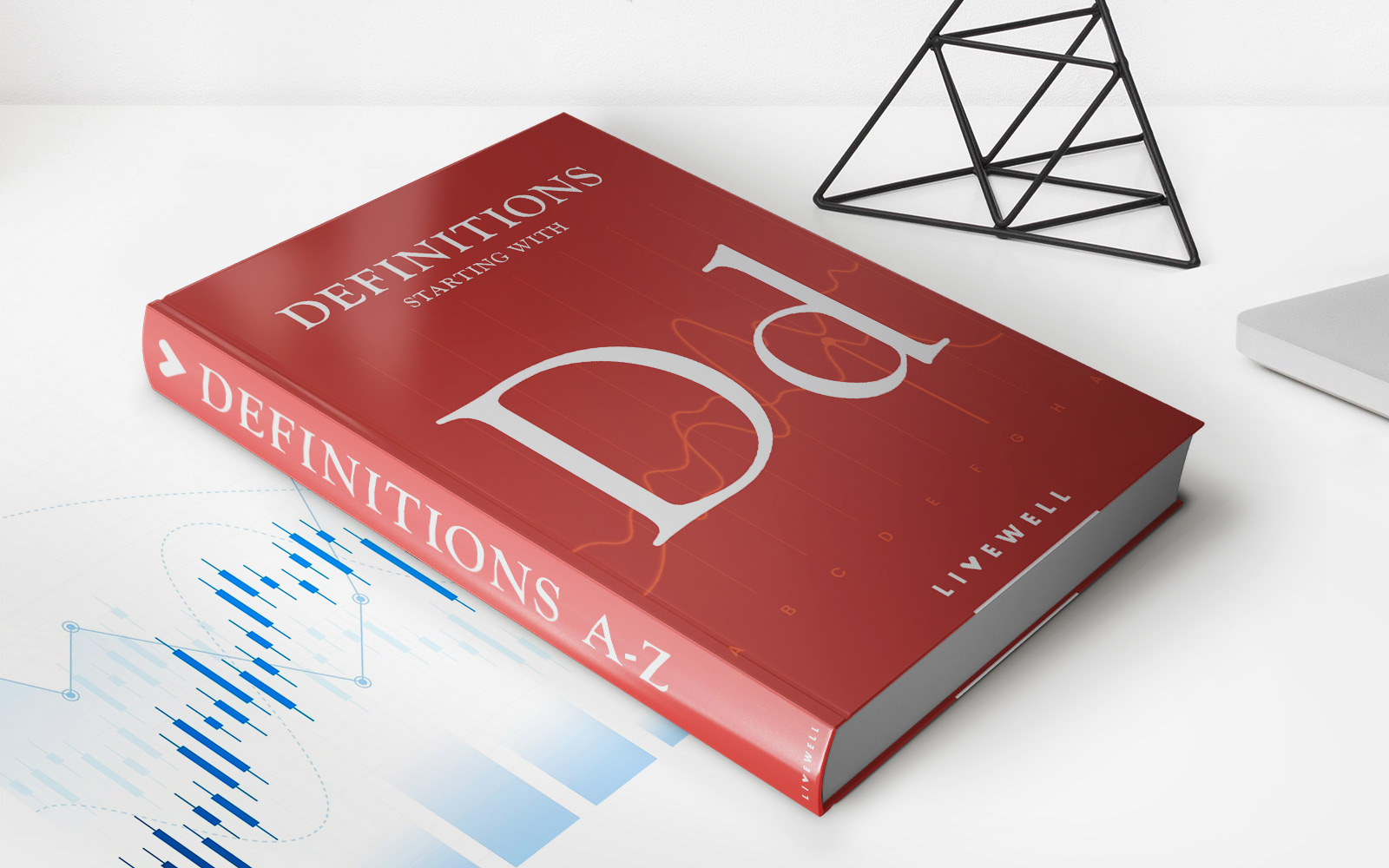Home>Finance>Distribution Yield: Definition, What It Measures, And Calculation
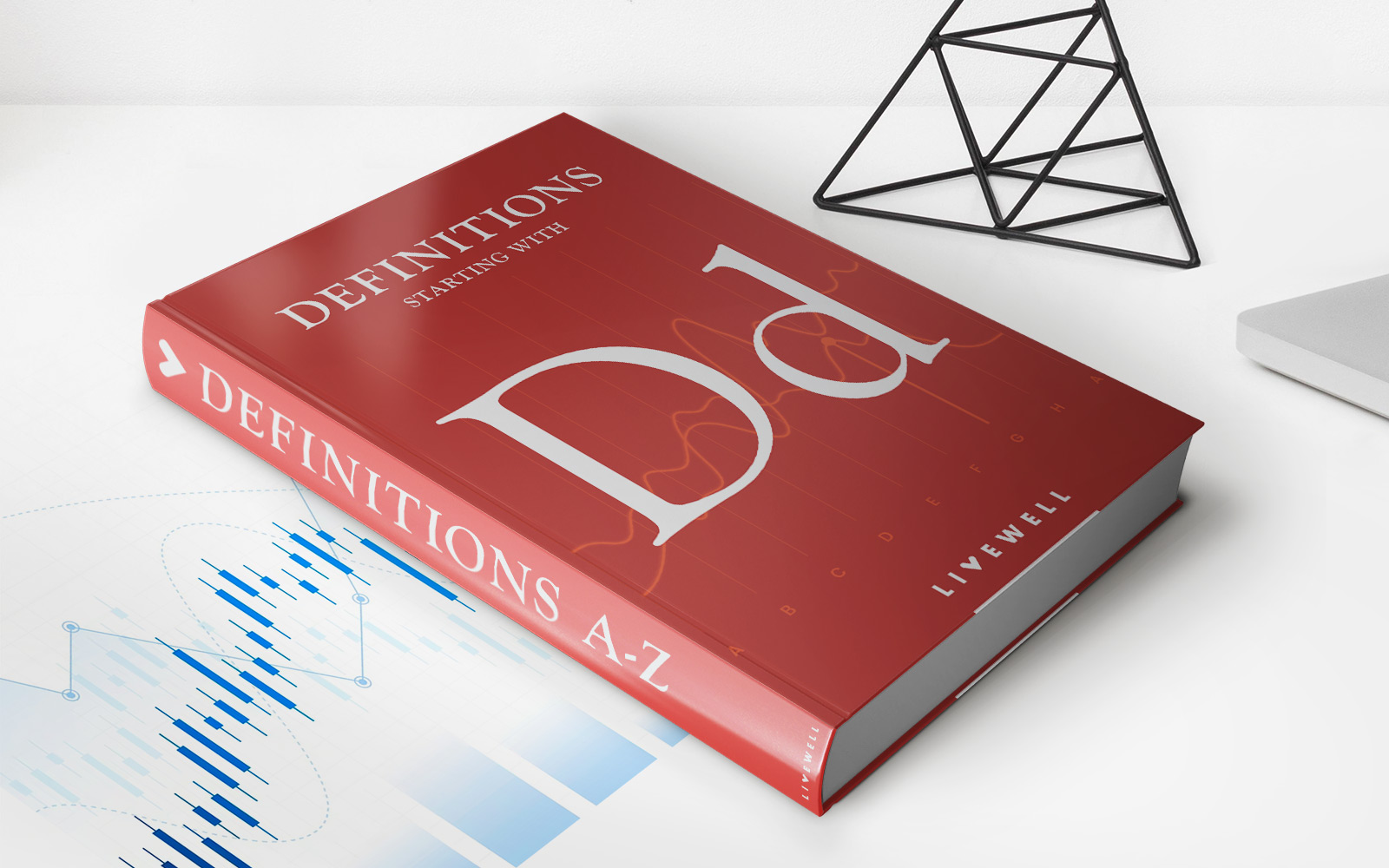

Finance
Distribution Yield: Definition, What It Measures, And Calculation
Published: November 12, 2023
Learn the definition, measurement, and calculation of distribution yield in finance. Understand how it impacts investment decisions and maximizes returns.
(Many of the links in this article redirect to a specific reviewed product. Your purchase of these products through affiliate links helps to generate commission for LiveWell, at no extra cost. Learn more)
Distribution Yield: Definition, What It Measures, and Calculation
Welcome to our FINANCE blog category, where we provide in-depth information and insights on various financial topics. Today, we’re going to dive into the concept of distribution yield, a key metric used by investors to evaluate the income potential of certain investments. What exactly is distribution yield, what does it measure, and how is it calculated? Let’s find out!
Key Takeaways
- Distribution yield measures the income generated by an investment relative to its price.
- It is a useful tool for investors looking to assess the income potential of different investment options.
Before we delve into the details, let’s answer the fundamental question:
What is distribution yield?
Simply put, distribution yield is a financial metric that reflects the income generated by an investment relative to its price. It allows investors to gauge how much income an investment is producing compared to its market value. Distribution yield focuses on the income component of an investment and is particularly relevant when evaluating income-focused investments such as bonds, real estate investment trusts (REITs), or dividend-paying stocks.
How is distribution yield measured?
To calculate distribution yield, you need to divide the annual distributions or income generated by an investment by its current market price. The resulting figure is then expressed as a percentage. This percentage represents the annualized return an investor can expect from the investment in the form of income.
Here is a simple formula to calculate distribution yield:
Distribution Yield = (Annual Distributions / Current Market Price) x 100
Let’s consider an example to illustrate this further. Suppose you are evaluating a bond that pays an annual interest of $50 and is currently priced at $1,000. By using the distribution yield formula, you can determine that the bond’s distribution yield is 5% (($50 / $1,000) x 100).
Why is distribution yield important?
Determination of distribution yield is crucial for investors seeking income-generating investments. It helps them compare different investment options and identify the most attractive opportunities. Distribution yield also assists investors in assessing the sustainability and stability of an investment’s income stream. For example, a higher distribution yield may indicate higher income potential, but it could also suggest a riskier investment.
Key Takeaways:
- Distribution yield measures the income generated by an investment relative to its price.
- It is a useful tool for investors looking to assess the income potential of different investment options.
In conclusion, distribution yield is a valuable metric that allows investors to evaluate the income potential of various investments. By calculating the distribution yield, investors can make more informed decisions about where to allocate their capital and seek opportunities that align with their investment goals. So, the next time you come across an income-focused investment, remember to consider its distribution yield!





